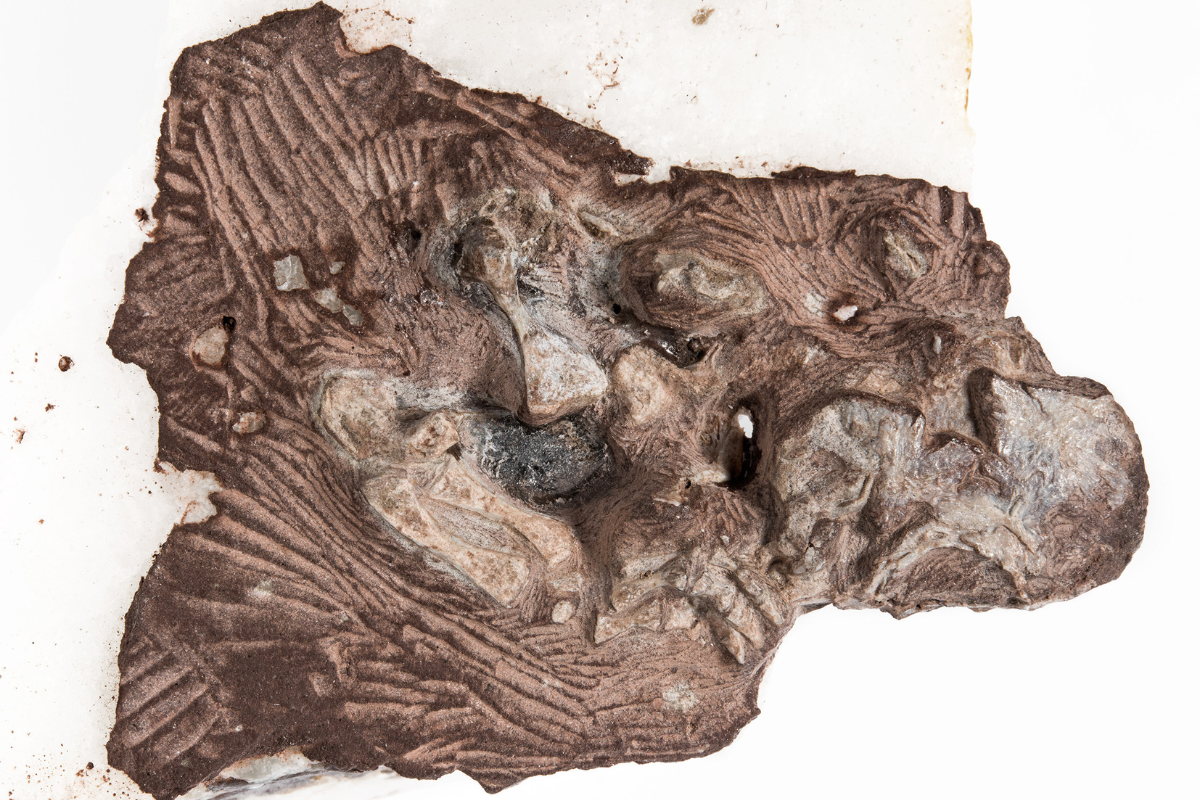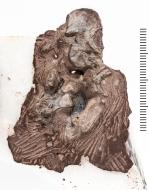A study conducted by researchers from the Museum für Naturkunde in Berlin and North American collaborators reveals a new species of early tetrapod from the early Permian Bromacker locality. Lead author Dr. Mark MacDougall and his colleagues describe Bromerpeton subcolossus, a 290 Ma old small tetrapod, belonging to the enigmatic clade Recumbirostra. Bromerpeton possesses numerous features that indicate a burrowing lifestyle, making it important for understanding the palaeoecology of the Bromacker ecosystem and the evolution of recumbirostrans. The results are published in Scientific Reports.
The early Permian Bromacker locality, located in the UNESCO-Geopark Thüringen Inselsberg – Drei Gleichen, central Germany, represents a unique inland fossil ecosystem that preserves a diverse early tetrapod fauna, in recent years it has been the subject of an ongoing research project. A new study by a team from the Museum für Naturkunde in Berlin, Germany, as well as national and international partners reveals a new species of small-sized early tetrapod from the Bromacker quarry, Bromerpeton subcolossus.
Palaeontologist Dr. Mark MacDougall, first author of the study, says the project started by examining undescribed fossil specimens previously collected and housed in the collections of the Friedenstein Stiftung Gotha. One of these specimens, which was prepared at the Carnegie Museum of Natural History in Pittsburgh, was identified early on as being of particular interest, because it did not resemble any of the other species known from Bromacker. It turned out to represent a new species of early tetrapod and was named Bromerpeton subcolossus. This animal was small in size, with its skull being only 2 cm in length, it would have been smaller than a pen. However, despite its small size it possessed robust limbs that likely allowed it to dig through the soil.
"The Bromacker locality is famous for some of the well-preserved, larger taxa that have been found there, such as the abundant diadectids, a group of heavily built plant-eating animals, or the Tambach Lovers, representing the amphibian Seymouria sanjuanensis. However, smaller taxa that are not as nicely preserved can often be overlooked, but they are still very important components of the ecosystem that was present at Bromacker", Dr. Mark MacDougall says. "Bromerpeton may be small in stature, but it provides large amounts of new information regarding the evolution and ecology of early tetrapods."
The team used traditional palaeontological techniques in combination with computed tomography (CT) scanning to study Bromerpeton, revealing an exceptionally well-preserved right forelimb, showing five digits, an unusual feature among recumbirostrans that otherwise have only four or three digits in the hand.
"The presence of five manual digits in Bromerpeton is interesting, as this suggests that recumbirostran digit number was initially five and only later on reduced over the course of their evolution", says Prof. Jörg Fröbisch.
Most recumbirostrans are considered to have been fossorial, and Bromerpeton is no exception. Features of both the skull and robust forelimb, such as the broad shape of its hand and pointed claws, suggest that it would have been a capable digger.
"Our study reveals important details about the evolution of recumbirostrans, a group that has been getting a lot more attention in recent years. Likewise, it also contributes to better understanding the diversity of the ecosystem that was present at Bromacker during the early Permian", Dr. Mark MacDougall says.
"The ongoing BROMACKER project is a prime example of an innovative and interdisciplinary research and outreach program, building on a multiple-decade-long international collaboration", says project leader Prof. Jörg Fröbisch.
Publication: MacDougall, M.J., Jannel, A., Henrici, A.C., Berman, D.S., Sumida, S.S., Martens, T., Fröbisch, N.B., and Fröbsich, J. 2024. A new recumbirostran 'microsaur' from the lower Permian Bromacker locality, Thuringia, Germany, and its fossorial adaptations. Scientific Reports.

